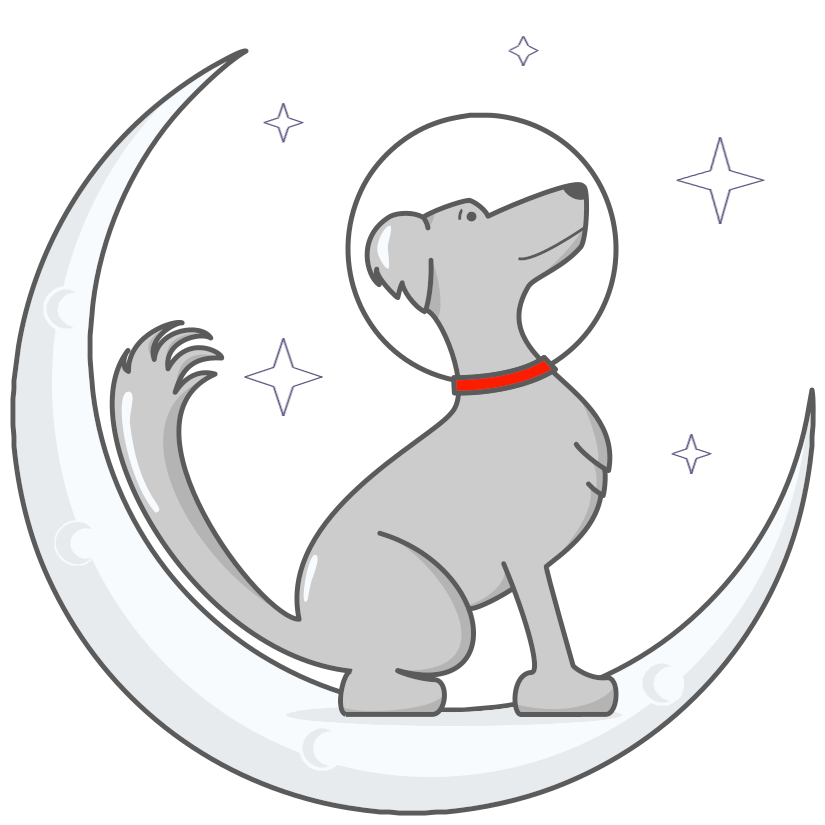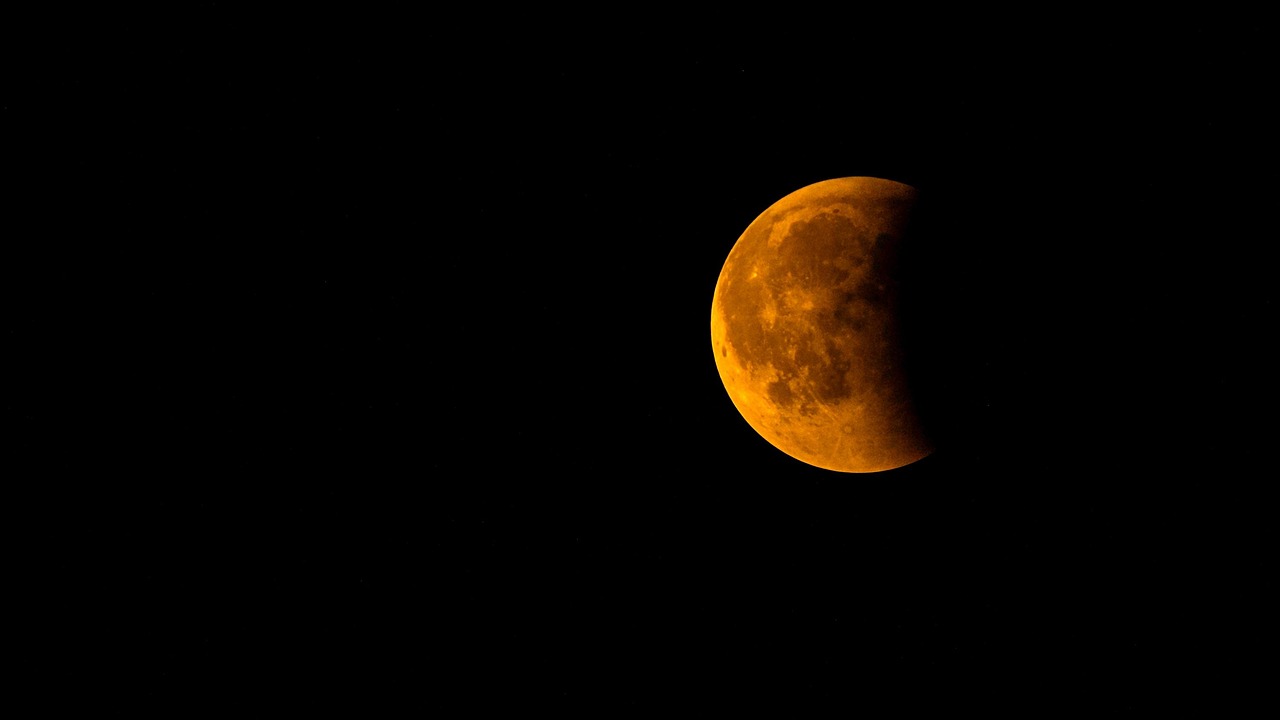
Lunar Eclipses
What is a Lunar Eclipse?
A lunar eclipse occurs when the Earth passes between the Sun and the Moon, casting its shadow over the Moon. This phenomenon only happens during a full moon, when the three celestial bodies align. During a lunar eclipse, the Earth’s shadow can darken the Moon, sometimes causing it to appear reddish in color, which is why it’s often referred to as a “Blood Moon.”
Types of Lunar Eclipses
Total Lunar Eclipse
Occurs when the Earth passes directly between the Sun and the Moon, causing the Earth’s shadow to completely cover the Moon. This alignment can only happen during a full moon. When the Earth’s shadow envelops the Moon, it often takes on a reddish hue, earning it the nickname “Blood Moon.”
During a total lunar eclipse, the entire Moon is obscured by the Earth’s umbra (the darkest part of its shadow), resulting in a beautiful visual display. The reddish color comes from sunlight filtering through Earth’s atmosphere, scattering shorter wavelengths of light (like blue) and allowing longer wavelengths (like red) to reach the Moon.
A total lunar eclipse is visible from anywhere on the nighttime side of the Earth, and they can be safely observed with the naked eye.
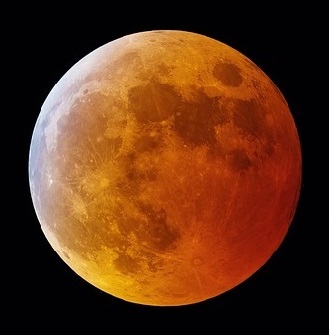
Partial Lunar Eclipse
A partial lunar eclipse occurs when only a portion of the Moon passes through the Earth’s shadow, known as the umbra. This type of eclipse happens during a full moon when the Earth, Moon, and Sun align, but not perfectly. As a result, only part of the Moon becomes darkened, creating a crescent-shaped shadow on the lunar surface.
Unlike a total lunar eclipse, where the entire Moon is covered by the Earth’s shadow, in a partial lunar eclipse, the rest of the Moon remains brightly illuminated by sunlight. The shadow cast by the Earth can sometimes appear as a distinct dark arc or shadow moving across the Moon.
Partial lunar eclipses are visible from any location where the Moon is above the horizon, and they can be safely observed with the naked eye.
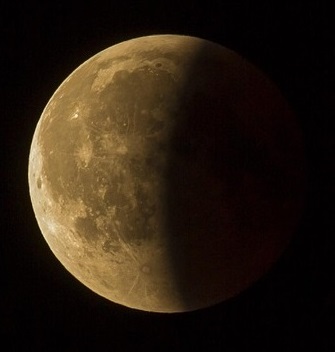
Penumbral Lunar Eclipse
A penumbral lunar eclipse occurs when the Moon passes through the Earth’s outer shadow, called the penumbra, rather than the dark, central shadow (umbra). During this type of eclipse, the Moon only experiences a subtle dimming of its light, making it more difficult to observe compared to a total or partial lunar eclipse.
Since the penumbra is the lighter part of Earth’s shadow, the Moon doesn’t appear as darkened as it does during other types of eclipses. Instead, the dimming is usually slight and may only be visible as a shadowed region on the Moon’s surface, creating a faint, gradual shading that can be hard to notice without close observation.
Penumbral lunar eclipses are visible from anywhere the Moon is visible in the sky, and they can be safely observed with the naked eye.

Lunar Eclipses – Next 10 Years
| Year | Date | Type | Region of Visibility | |
 | 2025 | Sep 7 | Total | Europe, Asia, Australia, Africa, North America, South America, Pacific, Atlantic, Indian Ocean, Arctic, Antarctica |
 | 2026 | Mar 3 | Total | Europe, Asia, Australia, North America, South America, Pacific, Atlantic, Indian Ocean, Arctic, Antarctica |
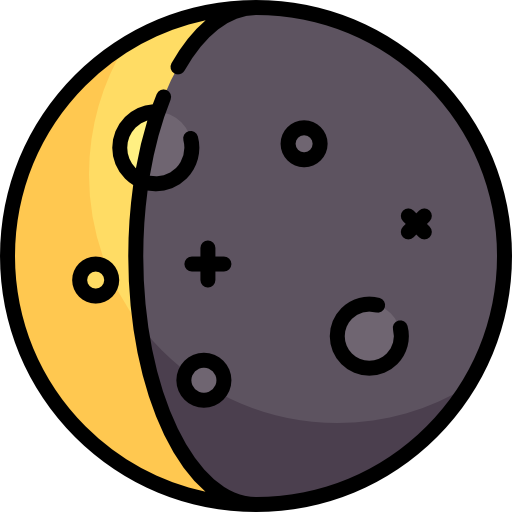 | 2026 | Aug 28 | Partial | Europe, Asia, Africa, North America, South America, Pacific, Atlantic, Indian Ocean, Antarctica |
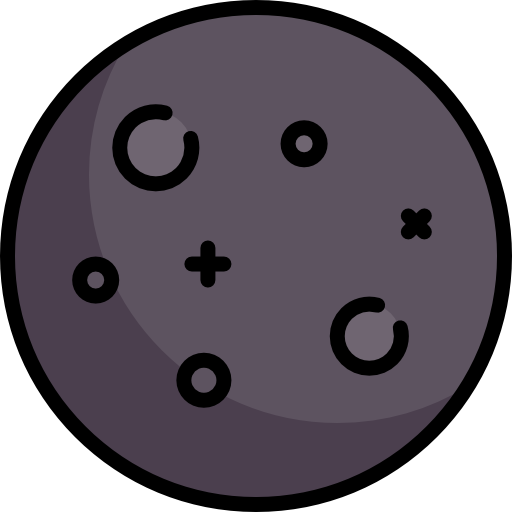 | 2027 | Feb 20 | Penumbral | Europe, Asia, Australia, Africa, North America, South America, Pacific, Atlantic, Indian Ocean, Arctic, Antarctica |
 | 2027 | Jul 18 | Penumbral | Africa, Asia, Australia, Pacific |
 | 2027 | Aug 17 | Penumbral | Europe, Asia, Australia, Africa, North America, South America, Pacific, Atlantic, Antarctica |
 | 2028 | Jan 12 | Partial | Europe, Asia, Africa, North America, South America, Pacific, Atlantic, Indian Ocean, Arctic |
 | 2028 | Jul 6 | Partial | Europe, Asia, Australia, Africa, South America, Pacific, Atlantic, Indian Ocean, Antarctica |
 | 2028 | Dec 31 | Total | Europe, Asia, Australia, Africa, North America, Pacific, Atlantic, Indian Ocean, Arctic |
 | 2029 | Jun 26 | Total | Europe, Asia, Africa, North America, South America, Pacific, Atlantic, Indian Ocean, Antarctica |
 | 2029 | Dec 20 | Total | Europe, Asia, Australia, Africa, North America, South America, Pacific, Atlantic, Indian Ocean, Arctic |
 | 2030 | Jun 15 | Partial | Europe, Asia, Australia, Africa, South America, Pacific, Atlantic, Indian Ocean, Antarctica |
 | 2030 | Dec 9 | Penumbral | Europe, Asia, Australia, Africa, North America, South America, Pacific, Atlantic, Indian Ocean, Arctic |
 | 2031 | May 7 | Penumbral | Europe, Asia, Africa, North America, South America, Pacific, Atlantic, Indian Ocean, Antarctica |
 | 2031 | Jun 5 | Penumbral | Asia, Australia, North America, South America, Pacific, Atlantic, Indian Ocean, Antarctica |
 | 2031 | Oct 30 | Penumbral | Europe, Asia, Australia, Africa, North America, South America, Pacific, Atlantic, Arctic, Antarctica |
 | 2032 | Apr 25 | Total | Europe, Asia, Australia, Africa, North America, Pacific, Atlantic, Indian Ocean, Antarctica |
 | 2032 | Oct 18 | Total | Europe, Asia, Australia, Africa, North America, South America, Pacific, Atlantic, Indian Ocean, Arctic, Antarctica |
 | 2033 | Apr 14 | Total | Europe, Asia, Australia, Africa, South America, Pacific, Atlantic, Indian Ocean, Antarctica |
 | 2033 | Oct 8 | Total | Europe, Asia, Australia, North America, South America, Pacific, Atlantic, Indian Ocean, Arctic, Antarctica |
 | 2034 | Apr 3 | Penumbral | Europe, Asia, Australia, Africa, South America, Pacific, Atlantic, Indian Ocean, Arctic, Antarctica |
 | 2034 | Sep 28 | Partial | Europe, Asia, Africa, North America, South America, Pacific, Atlantic, Indian Ocean, Arctic, Antarctica |
 | 2035 | Feb 22 | Penumbral | Europe, Asia, Australia, Africa, North America, South America, Pacific, Atlantic, Arctic, Antarctica |
 | 2035 | Aug 19 | Partial | Europe, Asia, Australia, Africa, North America, South America, Pacific, Atlantic, Indian Ocean, Antarctica |
